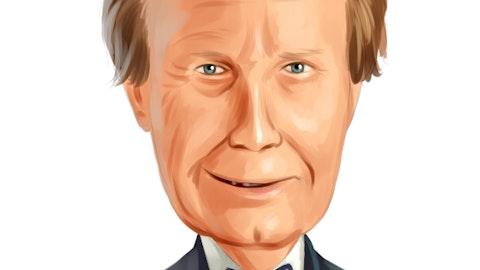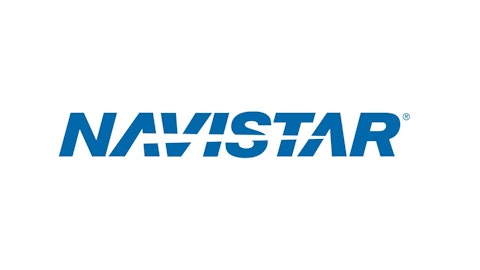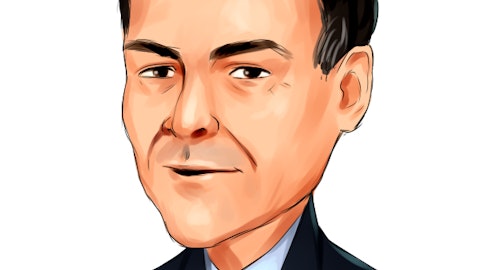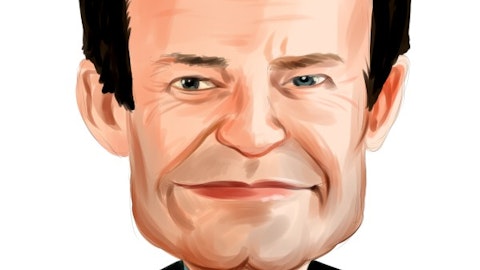On August 3rd, according to a recent filing with the SEC, the COO of Omnicare Inc. (NYSE:OCR) purchased 10,000 shares at an average price of $32. The COO, Nitin Sahney, is also the President of Omnicare’s Specialty Care Group. Omnicare is a $3.6 billion market cap company providing pharmaceuticals and pharmacy services. Insider Monkey tracks insider purchases such as this one- which, investors will note, Sahney used $320,000 of his own money for- because insider purchases are associated with future increases in the stock price. In theory, this is because insiders prefer to diversify their investments away from the company they work for, and so in order for them to acquire more of their employer’s stock they must be fairly confident in its future prospects and believe that it is undervalued in the stock market. In this case Sahney’s purchase followed a 5,000 share purchase in late July by interim CEO John Workman at $31.14 per share; consensus purchases among insiders are particularly bullish.
Omnicare Inc. (NYSE:OCR) had significant interest from hedge funds in the first quarter of the year as well. David Cohen and Harold Levy’s Iridian Asset Management owned just over 8 million shares at the end of the first quarter, making it the second-largest position in the fund’s portfolio according to Iridian’s 13F filing (see more stock picks from Iridian Asset Management). First Pacific Advisors, which is co-managed by Robert Rodriguez and Steven Romick, reported a 5.8 million share position; the fund has been a major shareholder for over a year and increased its position in summer 2011 (find out what else First Pacific thinks is a good investment). Peter Adam Hochfelder’s Brahman Capital initiated its position in the first quarter of 2011 and had increased it to 4.7 million shares by the end of March 2012.
Omnicare has had roughly flat revenues in both the second quarter and the first half of 2012 compared to the same periods in 2011. Thanks mostly to the cessation of losses from discontinued operations, however, the company has posted strong increases in earnings. For example, in the first half of 2011 Omnicare, Inc. earned 24 cents per share after the losses from discontinued operations; in the first half of 2012, earnings per share were 65 cents. Operating income increased in both the long-term care segment and the specialty care segment. Counting its second quarter results, Omnicare has beaten analyst earnings expectations for each of the last four quarters. It now trades at 27 times trailing earnings, and the same analysts who have narrowly underestimated the company in the past currently give earnings estimates for 2013 that imply a forward P/E ratio of 9. The source of this growth is not apparent to us, but the sell-side sees it and if two C-level executives of the company think the stock is underpriced at a trailing P/E of 27 they presumably see it as well.
Omnicare’s three closest peers as wholesale drug providers are AmerisourceBergen Corp (NYSE:ABC), Cardinal Health Inc (NYSE:CAH), and McKesson Corporation (NYSE:MCK). All three of these companies have larger market caps, with AmerisourceBergen Corp (NYSE:ABC)’s being the smallest at about $10 billion. Their earnings multiples are clustered together, with their trailing P/Es ranging from 13 to 15 and their forward P/Es ranging from 10 to 12; note also that the closeness of these ratios implies that Wall Street analysts expect lower growth from these companies. In their most recent quarterly reports, Cardinal Health Inc (NYSE:CAH) and McKesson Corporation (NYSE:MCK) reported double-digit growth rates in earnings compared to the same period in the previous year while Amerisource Bergen reported a slight decline. Omnicare Inc. (NYSE:OCR)is also tied more closely to the broader market than its peers on a statistical basis: its beta is 1.4 while each of the other companies has a beta between 0.6 and 0.8. While Omnicare doesn’t distinguish itself from comparable companies on a value basis, it is low priced assuming that it can hit the growth targets set by Wall Street and two top executives are putting their own money behind the stock.






